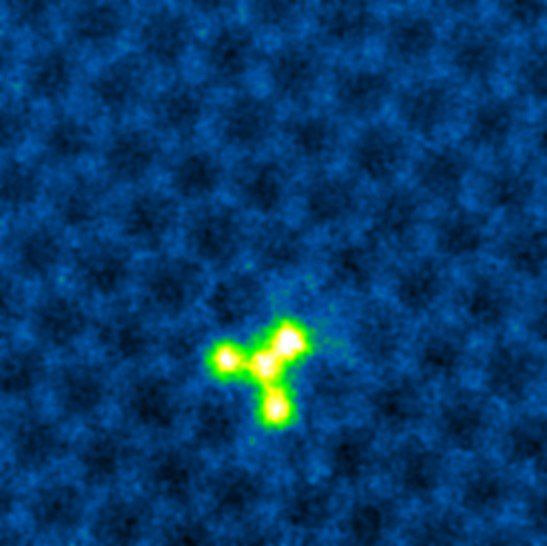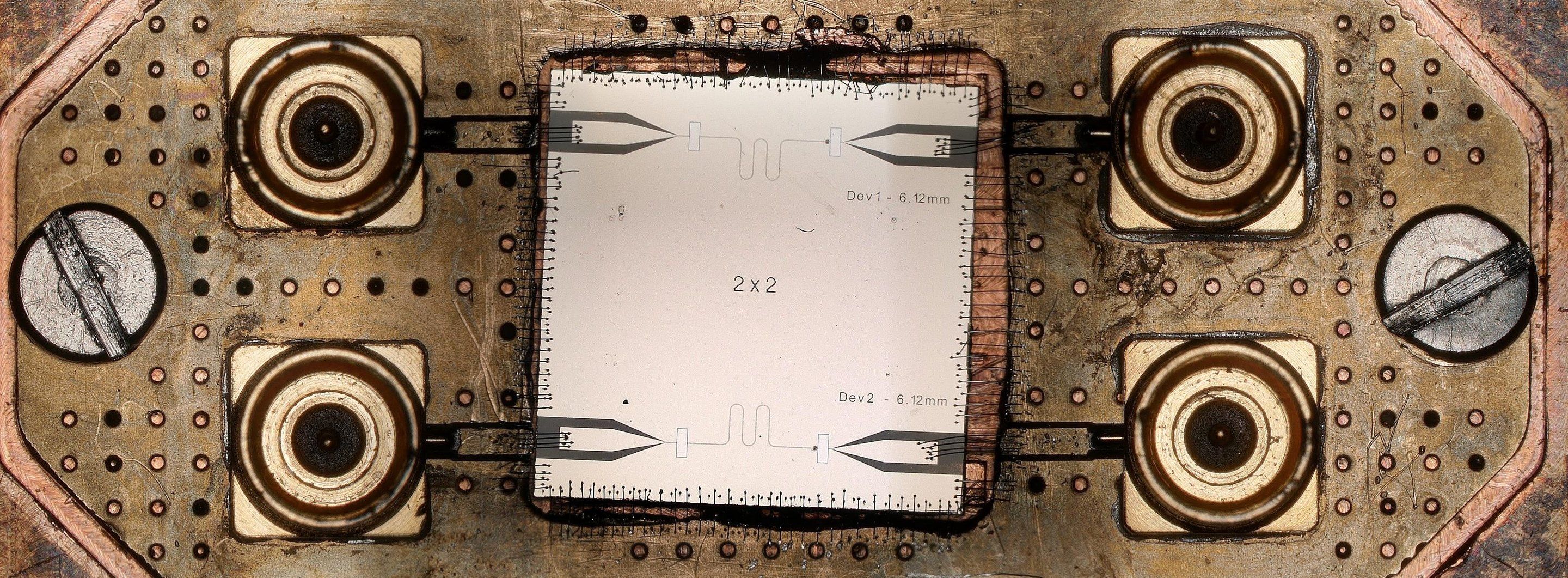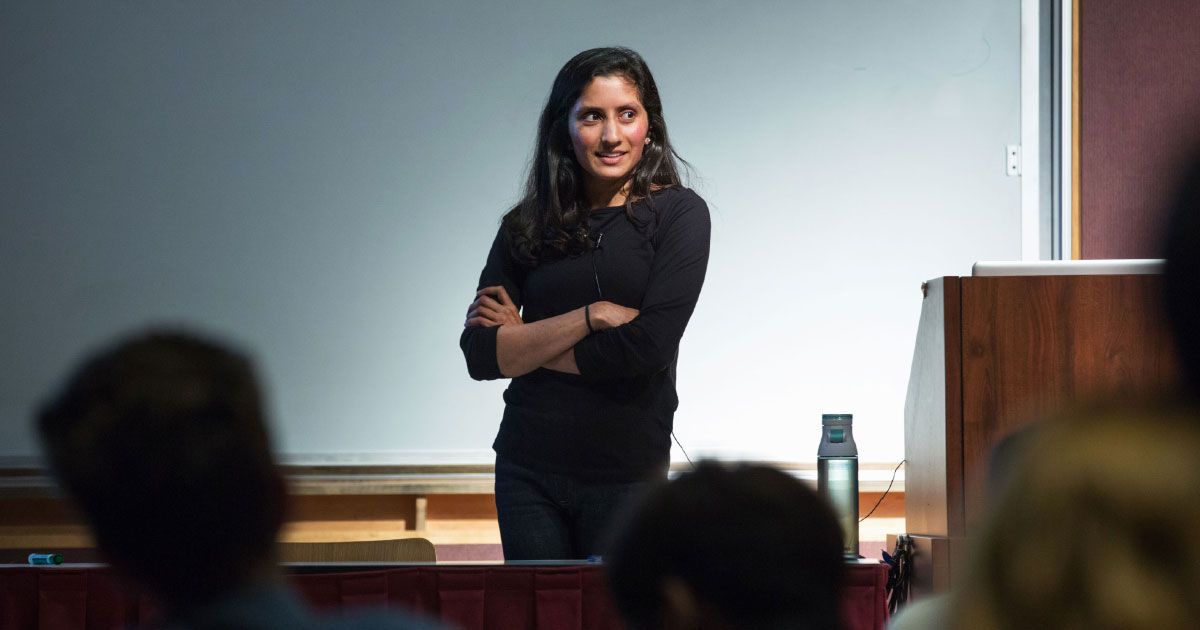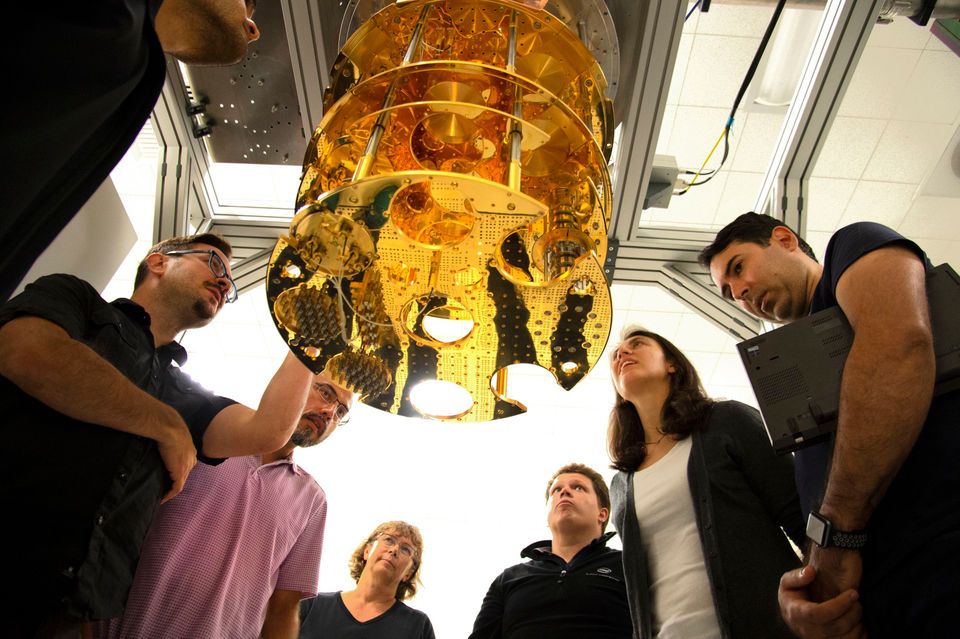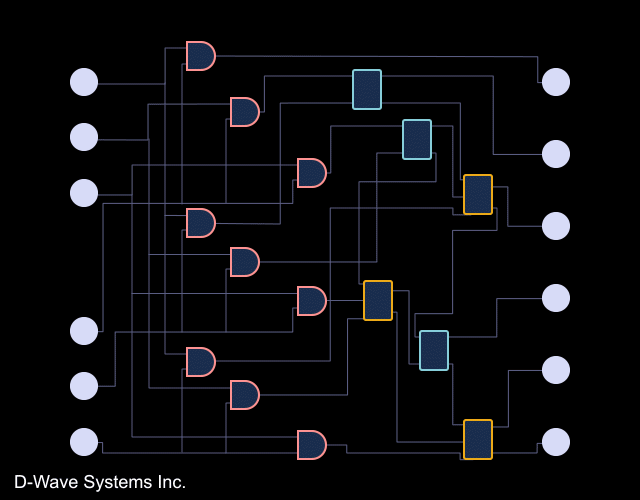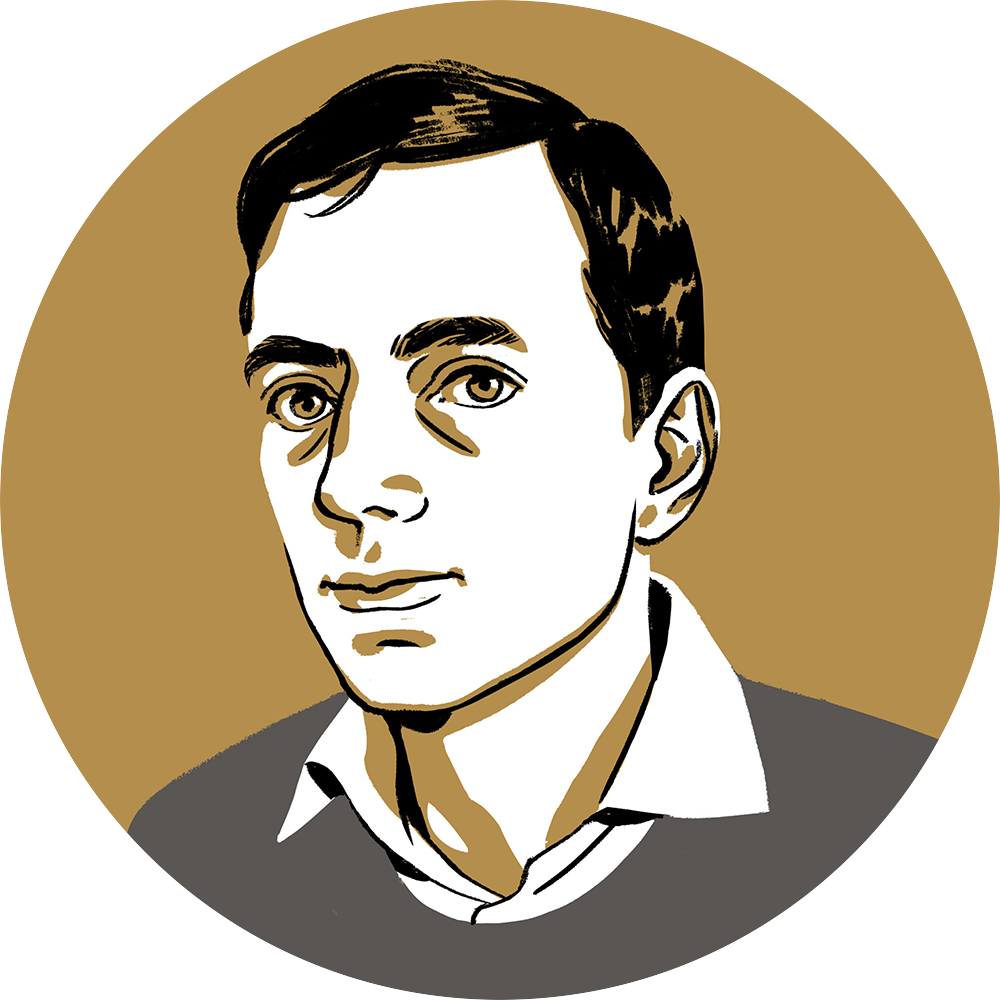A qubit by any other name would still confound as succinctly. Poet and Professor Amy Catanzano seeks to unveil the mysteries of quantum physics with poetry.
Category: quantum physics – Page 744
Can the origin of life be explained with quantum mechanics? And if so, are there quantum algorithms that could encode life itself?
We’re a little closer to finding out the answers to those big questions thanks to new research carried out with an IBM supercomputer.
Encoding behaviours related to self-replication, mutation, interaction between individuals, and (inevitably) death, a newly created quantum algorithm has been used to show that quantum computers can indeed mimic some of the patterns of biology in the real world.
Superconducting quantum microwave circuits can function as qubits, the building blocks of a future quantum computer. A critical component of these circuits, the Josephson junction, is typically made using aluminium oxide. Researchers in the Quantum Nanoscience department at the Delft University of Technology have now successfully incorporated a graphene Josephson junction into a superconducting microwave circuit. Their work provides new insight into the interaction of superconductivity and graphene and its possibilities as a material for quantum technologies.
The essential building block of a quantum computer is the quantum bit, or qubit. Unlike regular bits, which can either be one or zero, qubits can be one, zero or a superposition of both these states. This last possibility, that bits can be in a superposition of two states at the same time, allows quantum computers to work in ways not possible with classical computers. The implications are profound: Quantum computers will be able to solve problems that will take a regular computer longer than the age of the universe to solve.
There are many ways to create qubits. One of the tried and tested methods is by using superconducting microwave circuits. These circuits can be engineered in such a way that they behave as harmonic oscillators “If we put a charge on one side, it will go through the inductor and oscillate back and forth,” said Professor Gary Steele. “We make our qubits out of the different states of this charge bouncing back and forth.”
For the first time, an international team of researchers has used a quantum computer to create artificial life—a simulation of living organisms that scientists can use to understand life at the level of whole populations all the way down to cellular interactions.
With the quantum computer, individual living organisms represented at a microscopic level with superconducting qubits were made to “mate,” interact with their environment, and “die” to model some of the major factors that influence evolution.
The new research, published in Scientific Reports on Thursday, is a breakthrough that may eventually help answer the question of whether the origin of life can be explained by quantum mechanics, a theory of physics that describes the universe in terms of the interactions between subatomic particles.
There, engineers are doing something strange. They’re freezing computer chips to 460 degrees Fahrenheit below zero, colder than deep space, to simulate the quantum structure of the universe.
At such extreme temperatures these remarkable chips, called qubits, enable scientists to peer into the complex, uncertain interaction of particles at the atomic level — an unseen world in which seemingly contradictory results can exist simultaneously, a place where simply observing an interaction can change it. Or wreck it altogether.
“Quantum — it’s something weird,” said Mike Mayberry, Intel’s chief technology officer and general manager of Intel Labs.
Quantum computing technology is slated to revolutionize our ability to manipulate and analyze data, fundamentally changing the way that countless industries from cybersecurity and telecommunications to pharmaceutical development and transportation logistics will operate in the future. Even the US Senate is getting in on the action.
Quantum computing isn’t going to revolutionize AI anytime soon, according to a panel of experts in both fields.
Different worlds: Yoshua Bengio, one of the fathers of deep learning, joined quantum computing experts from IBM and MIT for a panel discussion yesterday. Participants included Peter Shor, the man behind the most famous quantum algorithm. Bengio said he was keen to explore new computer designs, and he peppered his co-panelists with questions about what a quantum computer might be capable of.
Quantum leaps: The panels quantum experts explained that while quantum computers are scaling up, it will be a while—we’re talking years here—before they could do any useful machine learning, partly because a lot of extra qubits will be needed to do the necessary error corrections. To complicate things further, it isn’t very clear what, exactly, quantum computers will be able to do better than their classical counterparts. But both Aram Harrow of MIT and IBM’s Kristian Temme said that early research on quantum machine learning is under way.


